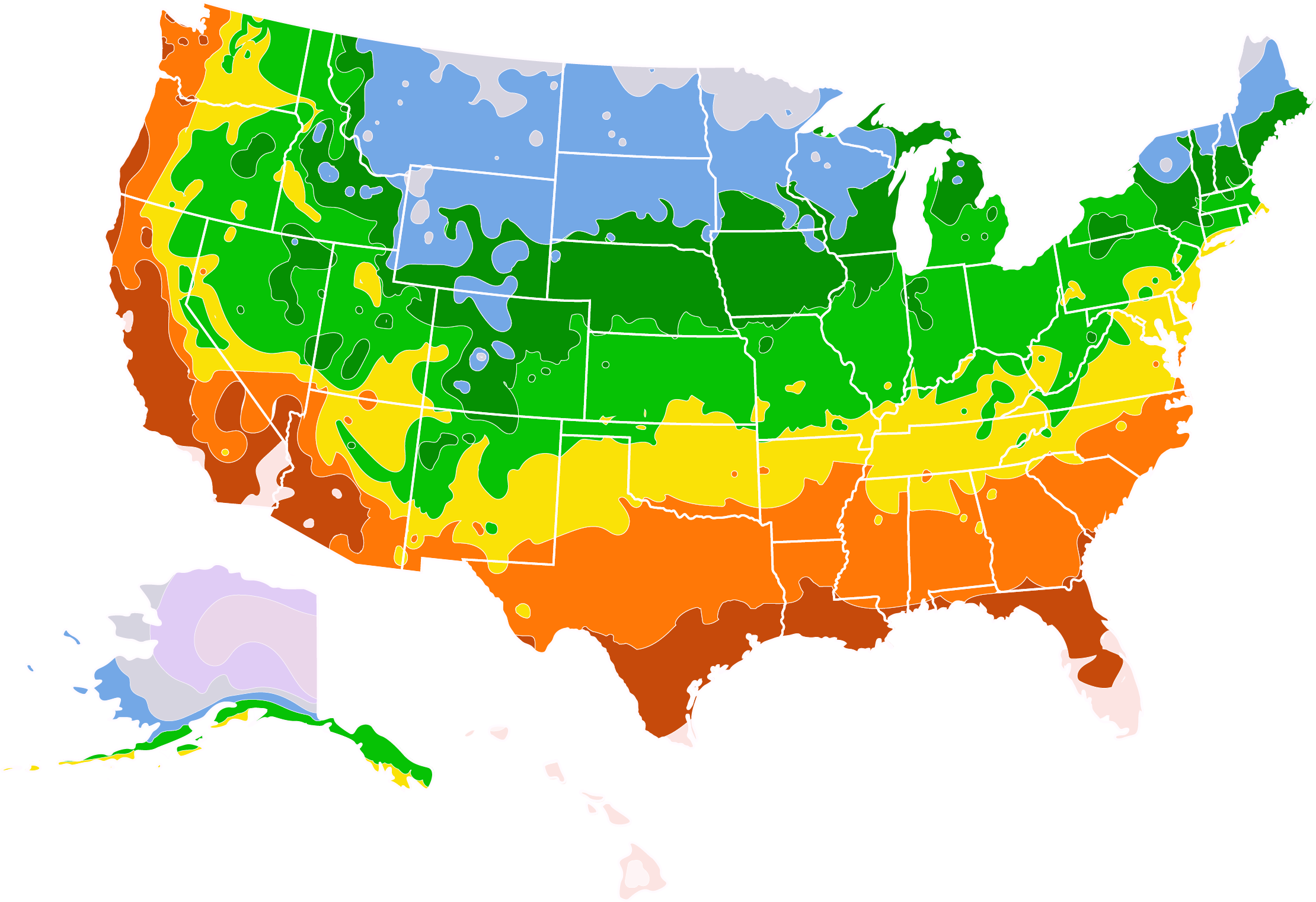Endless Summer Hydrangea for Sale - Buying & Growing Guide
- Ships in 1-2 days
- 1-Year Warranty Eligible
- Pots or accessories are not included unless specified in the product options.
Shipping Details:
Once your order is shipped, you’ll receive an email with a tracking number and estimated delivery date. Most orders ship immediately, but some items are seasonal and may only ship in spring or fall. These products are noted on the website.
With large bunches of beautiful blue and purple flowers that first appear in the spring months, endless summer hydrangea is the perfect choice for those who wish to add more color to their garden. But the plant we know as Hydrangea macrophylla 'Bailmer' does not stop there. Instead, it offers continuous blooms during the summer and fall as well. These plants also have large green leaves that are pretty in their own right and are excellent for creating large but interesting plant masses in your yard.
- Showy flowers appear in clusters and range from purple to blue.
- Large green leaves make for the perfect backdrop to the blooms.
- Blooms for a long time on both old and new growth.
Plant Care
Sunlight
Partial shade, about three to five hours of light, is ideal.
Watering
Water once per week and more as needed during hotter parts of the year.
Fertilizing
Fertilize three to four times during the spring with a phosphorus-heavy mix.
Planting and Care
Planting instructions
One key to growing an endless summer hydrangea is to find the perfect balance of sunlight and shade. These plants do best with about three to five hours of direct sun exposure per day. It’s typically best if the shade occurs during the hotter parts of the day. You should also be aware of the size of this plant, as it can grow quite large, making it a great option for large plant massings. Once you find a suitable growing location, dig a hole that is as deep as the plant’s root ball and about twice as wide.
Watering and nutrients
Both the watering and fertilization needs for the endless summer hydrangea are relatively high. In normal circumstances, you can expect to give your plant water about once per week. During hotter months, you may need to increase watering to multiple times per week. Fertilize your endless summer hydrangea about three to four times during the spring and early summer. Use a fertilizer that has plenty of phosphorus, as doing so will encourage the best blooming characteristics.
Pollination
The pollination process for endless summer hydrangeas is somewhat complicated. Despite what you would expect, the showiest flowers of these plants are entirely sterile, meaning that they do not aid in reproduction at all. However, these plants also have smaller, less showy flowers that do hold pollen and provide nectar. Both sets of flowers help insects, such as bees, which will be the main facilitators of pollination. However, since hydrangeas are ornamental rather than edible crop plants, pollination is not something you should worry about.
Pruning
Pruning for an endless summer hydrangea should occur only during the mid-spring. Your pruning should also be minimal, as excessive pruning can reduce the season’s blooms. Unlike many other flowering plants, the endless summer hydrangea blooms from both old and new wood, so you will need to be highly selective with your cuts to prevent removing the future flowers. When pruning, focus on cutting out any dead wood or parts of the plant that show signs of disease.
Pests, diseases, and animals
One downside to growing an endless summer hydrangea is that these plants are vulnerable to a wide range of both fungal infections and pest infestations. Regarding the former issue, powdery mildew, wild, and leaf spots can all arise in your endless summer hydrangea. Garden pests are also prevalent with this species, and you should be on the lookout for signs of infestation during the entire growing season. The most common pests that you’ll find on your endless summer hydrangea are aphids, slugs, beetles, and mites.
Achieving maximum results
Fertilization is crucial for the endless summer hydrangea, and you should be well-prepared at the start of the season by stocking up on a phosphorus-rich fertilizer blend. Adding fertilizer repeatedly through the first part of the growing season is the best way to ensure that this plant shows the repeat blooms for which it is so prized. Also, you should always avoid pruning this plant in the fall, as doing so will likely remove most of the blooms that will open first at the start of the following season.
FAQs
Do endless summer hydrangeas need a lot of maintenance?
Should you cut off hydrangea flowers?
Your endless summer hydrangea should produce plenty of flowers during the entire growing season. Eventually, each of these flowers will meet the end of their lifespan and begin to dry out while remaining on the plant. When that occurs, you should cut off the spent flowers. This pruning process, known as deadheading, will not harm your plant. Instead, deadheading will encourage your endless summer hydrangea to continue producing more of its beautiful blooms.
Are there different varieties of endless summer hydrangea?
The term endless summer hydrangea does not necessarily refer to a single plant. Conversely, endless summer hydrangea is more of a collection of several types of cultivated hydrangeas. The main difference between these many varieties is the color of their flowers. As such, you should take time to study the blooming traits of each endless summer hydrangea to learn which one you like the most.
Compare Similar Products
Customer Reviews
Healthy strong looking plants. I bought three and just recently planted them in front of my house.
You can't add more Product Name - Product size to the cart.
OK








